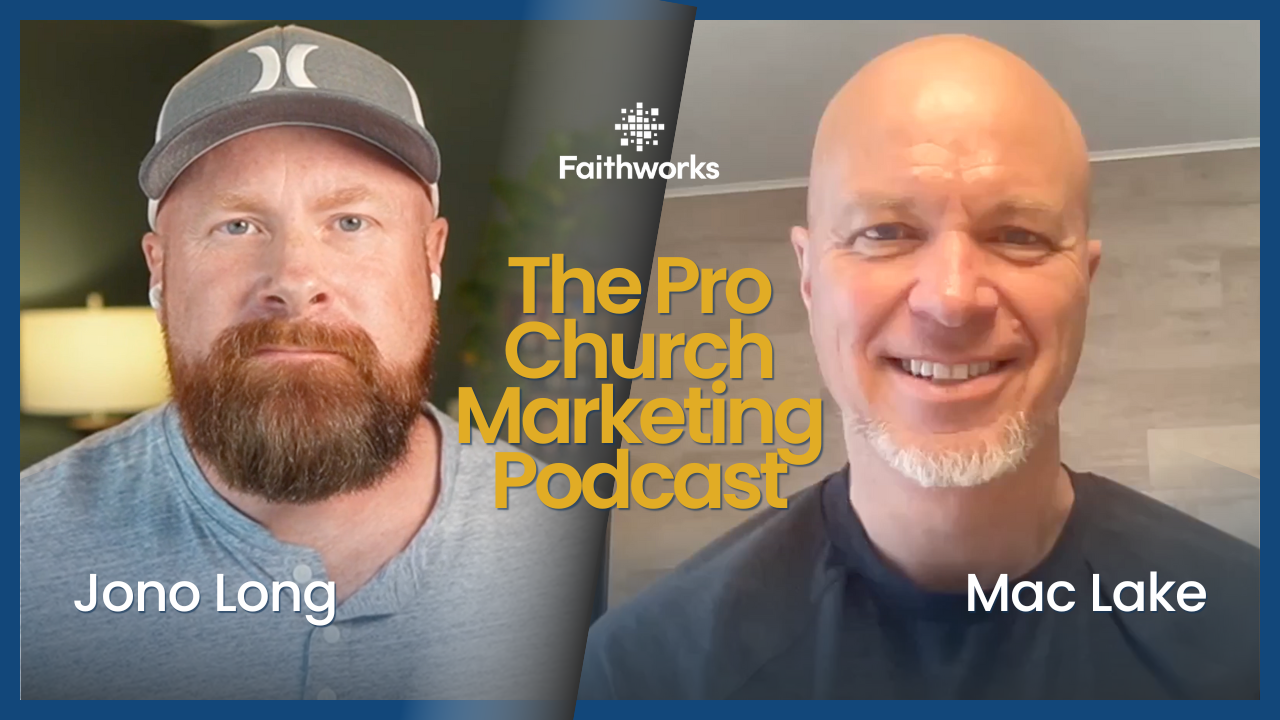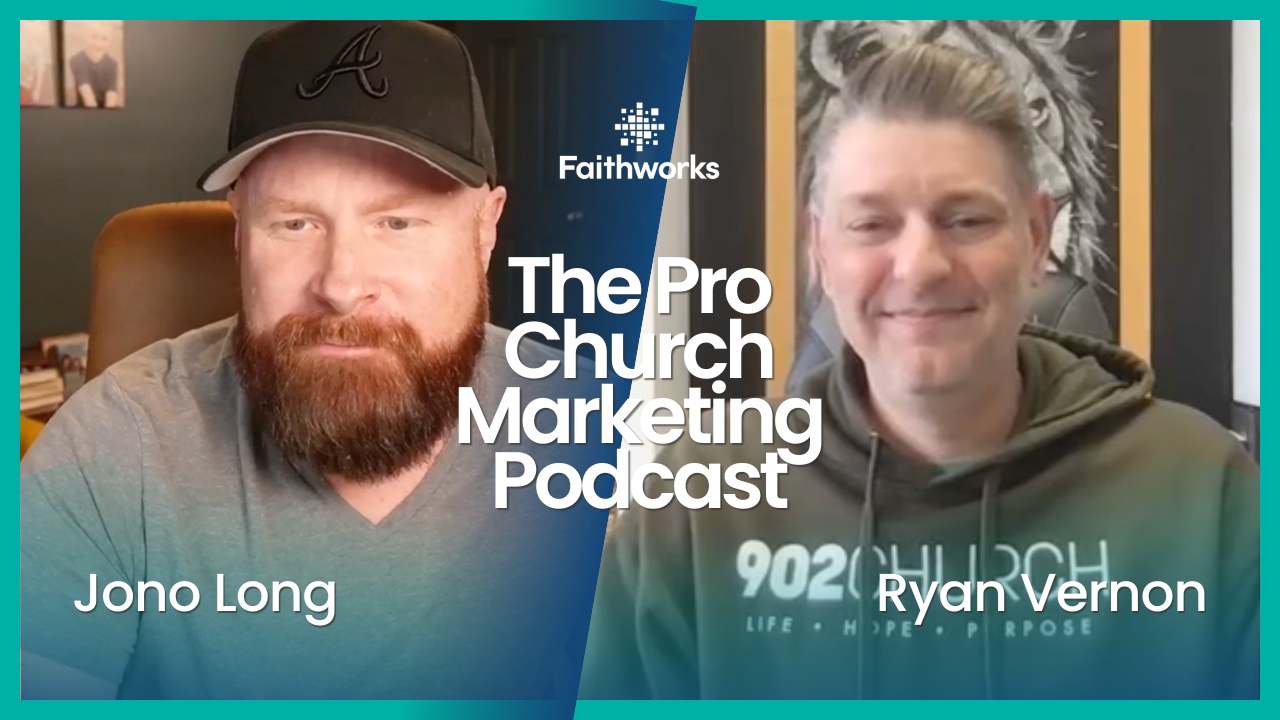Elements of a Successful Church Website: Faithworks Marketing's Guide
An engaging and user-friendly church website is a crucial tool for connecting with your congregation, spreading your message, and fostering community growth. A successful website is not only visually appealing but incorporates the necessary elements that reflect your church's identity and values. This article will reveal the eight essential components of a successful church website to guide you in creating or revamping your online presence. With the support of Faithworks Marketing – a trusted partner for church website design and management based in Monroe, GA – your church can create a custom website that effectively supports your congregation's mission and outreach goals. From responsive design to powerful testimonials, let's dive in and explore the key elements your church website needs to thrive in the digital sphere.
1. Responsive Web Design
A responsive web design is crucial for the success of your church's website. As mobile browsing becomes the norm, it's essential that your website is easily accessible from various devices, such as smartphones, tablets, and desktops. A responsive design ensures that your site's layout, images, and content automatically adapt to different screen sizes, providing an optimal browsing experience for all visitors.
According to Sweor, nearly 7 in 10 website visitors would leave a site if its content doesn't display properly on their device. By incorporating responsive design, Faithworks Marketing can help churches in the United States create a seamless user experience, which encourages visitors to spend more time exploring your content and ultimately supports membership growth and community engagement.
2. Clear Navigation and User Experience
A well-planned church website prioritizes user experience by making it easy for visitors to navigate through its pages and find relevant information. Clear, intuitive navigation is the foundation of a positive user experience, and it can be achieved through strategic menu placement, descriptive labels, and simple yet consistent site structure.
Investing in a professionally crafted website from Faithworks Marketing can ensure that your church's online presence effectively guides visitors towards the information they're seeking, fostering a strong connection between your church and its congregation.
3. Engaging Content and Media
High-quality content is essential to connecting with your audience and sharing your church's mission, values, and activities. Your website should feature a mix of written, visual, and multimedia content that appeals to different preferences and learning styles. Consider the following types of content to create a rich, diverse experience for your visitors:
- Articles, blog posts, and newsletters covering relevant topics, such as spiritual growth, community initiatives, and updates about church events
- High-resolution images and videos of services, events, and members, showcasing your church's vibrancy and personality
- Sermon recordings and podcasts, allowing visitors to access your church's messages anytime, anywhere
Faithworks Marketing can assist churches and non-profits throughout the United States in developing tailored content strategies that resonate with their target audience, promoting engagement and conversion.
4. Testimonials and Social Proof
Sharing real-life stories and experiences is a powerful way to demonstrate the positive impact of your church on its members and the wider community. Showcasing testimonials and social proof on your website can lend credibility to your organization, inspire trust, and motivate visitors to take action. Examples of social proof elements you can feature on your website include:
- Quotes from church members highlighting the benefits they've received from being part of the congregation
- Transformative experiences or faith journeys shared by church members
- Endorsements from influential individuals or organizations
Faithworks Marketing can help identify the most suitable social proof elements for your church's website, crafting a compelling online presence that inspires trust, connection, and engagement.
5. Call-to-Action Buttons and Forms
Effective call-to-action (CTA) buttons and forms are crucial for encouraging visitors to perform a specific action, such as signing up for a newsletter or getting in touch with church staff. These CTAs should be clear, concise, and visually distinct to attract users' attention and guide them towards the desired goal. Examples of strategic CTA use on your site may include:
- Encouraging visitors to download a free e-book or subscribe to a podcast series
- Promoting upcoming events and inviting users to register online
- Requesting contact information to connect with church staff or join a prayer request network
With the support of Faithworks Marketing, churches in the United States can optimize CTA placements on their websites, effectively inspiring visitor action and driving results.
6. Regular Website Updates and Maintenance
An essential aspect of a successful church website is keeping it up-to-date with fresh content, information, and news. Regular website updates not only keep visitors engaged but also boost your organic search rankings, making it easier for potential new members to discover your church through search engines. Additionally, maintaining the technical elements of the site, such as software updates, security patches, and broken link fixes, plays a role in ensuring a smooth and secure experience for visitors.
Faithworks Marketing has extensive experience in managing websites for churches and non-profits across the United States, taking care of regular updates, maintenance, and optimization so that your organization can focus on its core mission.
7. Search Engine Optimization (SEO)
Implementing a strategic SEO plan can significantly enhance your website's visibility in search engines, making it more accessible to new and potential congregants. SEO involves optimizing various elements of your website, such as meta tags, headers, and content structure, to improve its positioning in search results. Faithworks Marketing can help your church develop and implement an effective SEO strategy tailored to your specific audiences, ensuring that your website ranks higher in relevant search results.
By incorporating these essential elements into your church's website, you can establish a powerful online presence that effectively promotes your message, engages your congregation, and fosters community growth. With the support of Faithworks Marketing in Monroe, GA and a thoughtful, well-crafted website, your church can thrive in the digital landscape.
Partner with Faithworks Marketing for a Thriving Church Website
Incorporating these essential elements into your church website is crucial for creating a powerful online platform that fosters engagement, supports your mission, and promotes community growth. By prioritizing responsive design, clear navigation, engaging content, and effective search engine optimization, your church can cultivate an impactful digital presence that resonates with your congregation and attracts new members.
Faithworks Marketing is your trusted partner in building and managing successful church websites tailored to your unique needs. With their comprehensive suite of services, they can not only create a visually stunning and user-friendly site, but also support your organization with content development,
SEO strategy, and ongoing website maintenance.
Latest Posts












